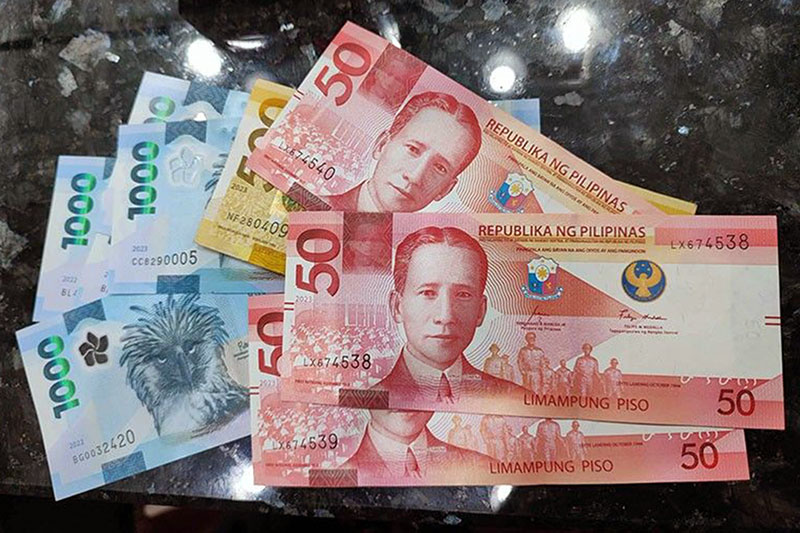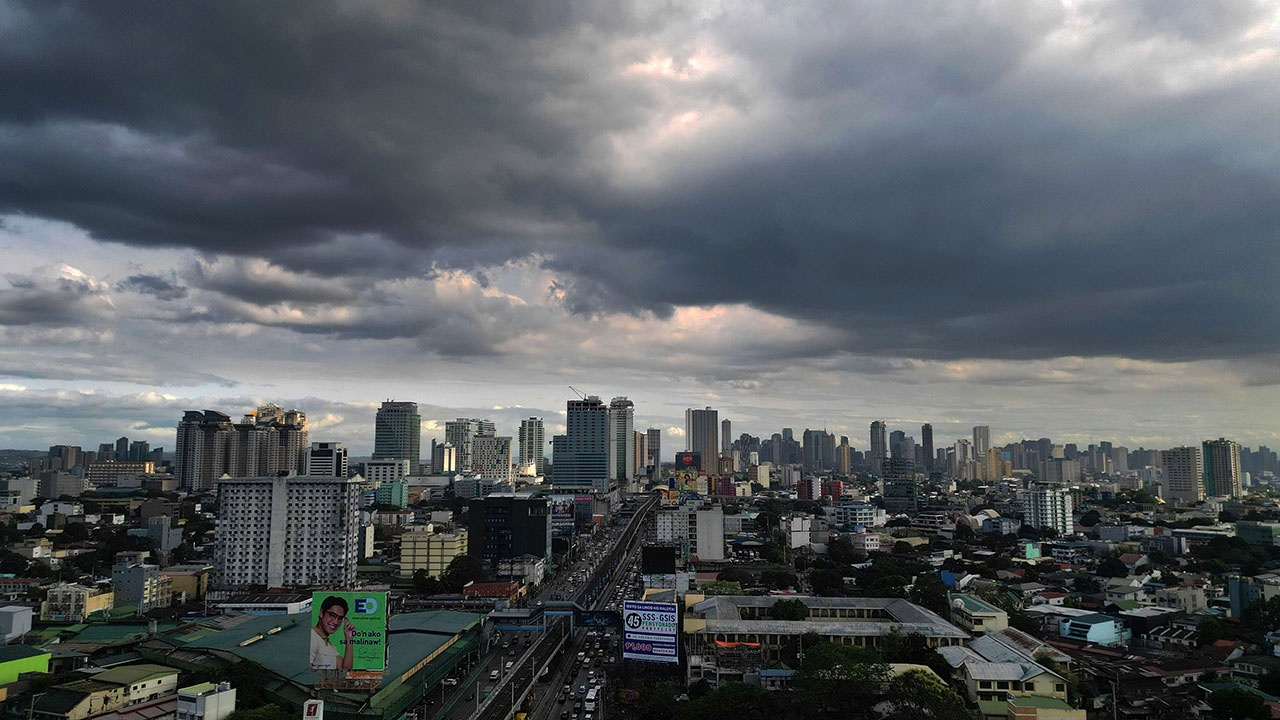
Upgrade to High-Speed Internet for only ₱1499/month!
Enjoy up to 100 Mbps fiber broadband, perfect for browsing, streaming, and gaming.
Visit Suniway.ph to learn
Last week, SM Investments [SM 781.00 unch] [link] said it decided not to pursue plans to enter the data center business, pointing to the lack of foreign investor interest in the sector due to our high power rates and vulnerability to catastrophic weather conditions like typhoons. SM said that data center development would probably flock to jurisdictions with cheaper power rates, like Vietnam and Malaysia. While other conglomerates have entered this sector quite noisily, like PLDT [TEL 1284.00 ?0.1%] and Ayala Corp [AC 563.00 ?0.3%], what does SM’s decision mean for these investments that have already been made and the long-term future of the sector? To me, it says that we’re basically growing our own. We’re not going to be a cost-effective hub for international compute. While the weather bit is definitely a problem, the biggest part of the equation is our super-high cost of power. Taiwan deals with most of the same weather problems as we do, and they’re home to one of the most capital-intensive, energy-intensive, and technically challenging industries known to man (semiconductor manufacturing). That said, as our conglomerates clumsily digitize, they’re going to need at least some level of data center support for their apps and processing needs, so what’s being built is probably going to satisfy those needs. I just don’t see there being some kind of blue-sky gold rush to build out the Philippines as a regional hub of cheap, reliable computing power.
MB BOTTOM-LINE: This take isn’t a derivative of the “Filipinos can’t do anything right” trope that is so easy to drag out of the closet to naysay whatever needs to be naysaid. It’s just a reality of our situation as an island nation, and the costs required to insulate sensitive infrastructure from natural disasters. The BPO industry didn’t take root in the Philippines for qualitative reasons: it was the right balance of existing assets (vast English-speaking population) and cost (cheap labor and assets). The problem here is that we don’t have the right balance of existing assets and operational costs. Our power is expensive. Our grid is expanding with renewables, and that could change the equation somewhere down the road, but that’s a future that’s too distant to see at this point. Prices will fall when we have more electricity than we know what to do with. That’s simply not a problem for us yet.

Merkado Barkada is a free daily newsletter on the PSE, investing and business in the Philippines. You can subscribe to the newsletter or follow on Twitter to receive the full daily updates.

 1 day ago
7
1 day ago
7



